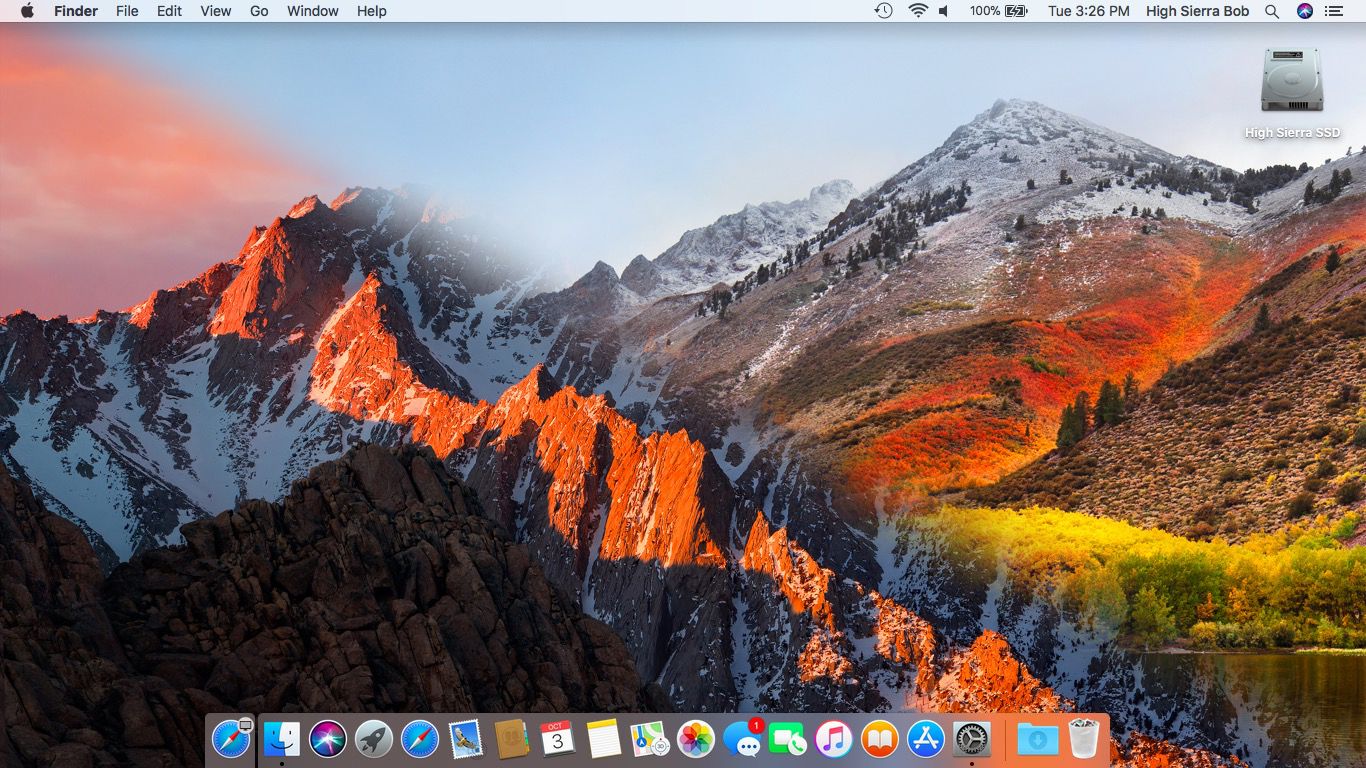Operating systems are the foundation of modern computing, acting as the critical interface between hardware and software. Among the many options available, three operating systems dominate the landscape for personal computers and laptops: Microsoft Windows, macOS, and Linux. Each of these operating systems brings unique features and capabilities, tailored to meet a wide range of user needs and preferences. Let’s explore the key attributes and offerings of these systems in detail.
1. Microsoft Windows

Developed by Microsoft Corporation, Windows has been a cornerstone of the computing world for decades. Its widespread popularity stems from its user-friendly design and extensive compatibility with both software and hardware. Here are its key features and characteristics:
-
Graphical User Interface (GUI):
Windows provides an intuitive GUI, enabling users to interact with the system using icons, menus, windows, and a pointer. This design simplifies tasks for users of all experience levels. -
Software Compatibility:
A major strength of Windows is its vast software library. From productivity tools and multimedia applications to gaming titles, Windows supports an extensive range of third-party software. -
Hardware Support:
Designed for versatility, Windows is compatible with a wide variety of hardware configurations, allowing it to run on devices from numerous manufacturers. -
Regular Updates and Security:
Microsoft regularly releases updates to enhance performance, introduce new features, and strengthen security. However, its popularity has made it a frequent target for malware and viruses, making reliable security software essential.
2. macOS:

Exclusively developed by Apple Inc., macOS powers Apple’s Mac computers and laptops. Known for its refined design and smooth user experience, macOS enjoys a strong following, particularly among creative professionals and technology enthusiasts. Here’s a closer look at its key functions and characteristics:
-
Sleek User Interface:
macOS features an elegant and visually appealing interface, focusing on simplicity and cohesion. This design philosophy ensures a seamless, unified experience across all Apple devices. -
Seamless Integration:
Apple emphasizes seamless integration across its ecosystem. Features like Handoff and Continuity enable users to easily transition between Macs, iPhones, and iPads, boosting productivity and convenience. -
Performance Optimization:
macOS is fine-tuned to run efficiently on Apple’s hardware, offering a consistently smooth and reliable experience. This optimization ensures top-notch performance for all tasks. -
Productivity Tools:
macOS comes pre-loaded with a suite of native applications, such as Safari (web browser), Mail (email client), and Pages (word processor), which streamline productivity right from the start. -
Developer-Friendly Environment:
Offering powerful development tools and a Unix-based terminal, macOS is a preferred platform for developers and creative professionals, providing the resources needed for software development and design.
3. Linux:
Unlike Windows and macOS, Linux is not a single operating system but a kernel that forms the foundation for a wide array of Linux distributions (distros). Renowned for its customization options and flexibility, Linux is widely used in servers, supercomputers, and embedded systems. Here’s a closer look at its key functions and characteristics:
-
Customization and Flexibility:
Linux provides extensive customization options, allowing users to modify nearly every aspect of the operating system to suit specific needs and preferences. -
Stability and Efficiency:
Linux is highly regarded for its stability, security, and efficient resource management, making it an ideal choice for servers and specialized systems that demand reliability. -
Open-Source Philosophy:
As an open-source operating system, Linux’s source code is freely available, fostering a strong, active community of developers and users who continuously contribute to its development and improvement. -
Cost-Effective:
Many Linux distributions are available for free, making it an attractive and budget-friendly option for both individuals and organizations seeking cost-effective solutions. -
Learning Curve:
While Linux has become more user-friendly over time, there can still be a learning curve, particularly for those transitioning from Windows or macOS. New users may encounter challenges, especially with more advanced features.
Conclusion
Operating system popularity can shift over time based on user needs and trends. As of the latest updates, Microsoft Windows, macOS, and Linux remain the leading choices in the computing world. Windows thrives due to its ease of use and extensive software compatibility, macOS appeals with its elegant design and seamless integration, particularly for creative professionals, and Linux attracts users who value customization, efficiency, and its open-source nature.
When choosing an operating system, it’s crucial to assess individual requirements, hardware compatibility, and software preferences. Each of these systems offers distinct benefits, catering to various user needs and use cases.





0 Comments